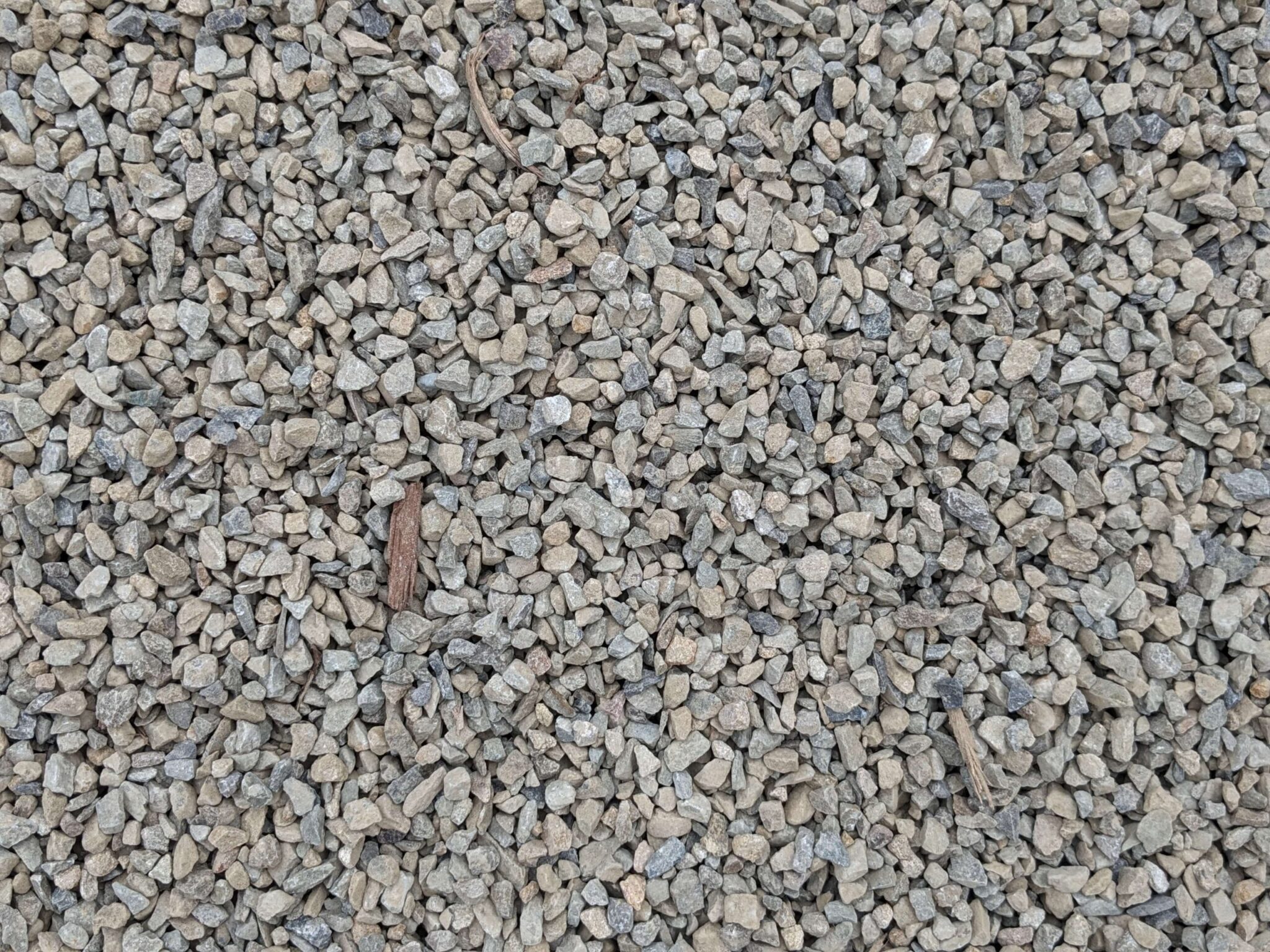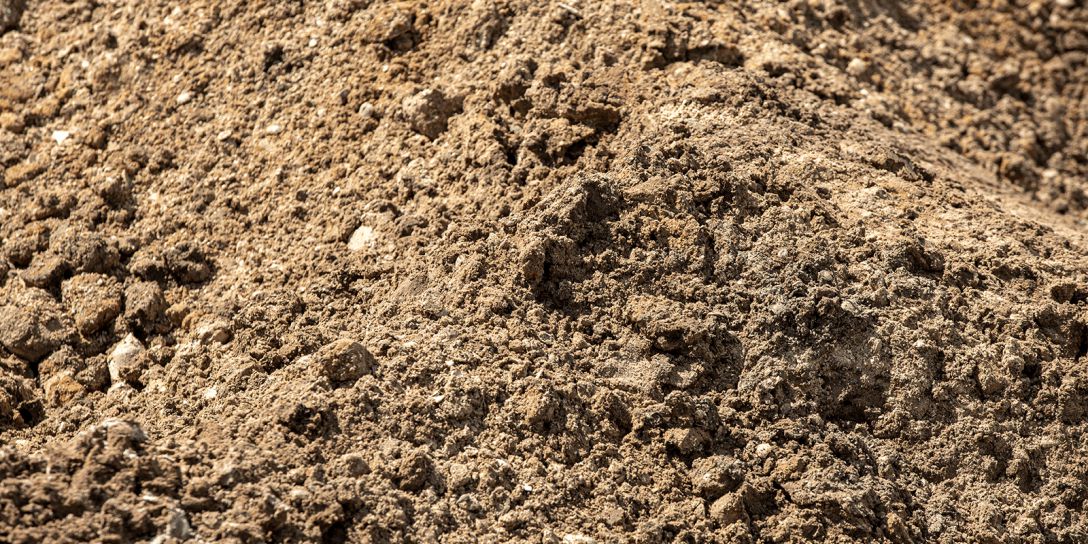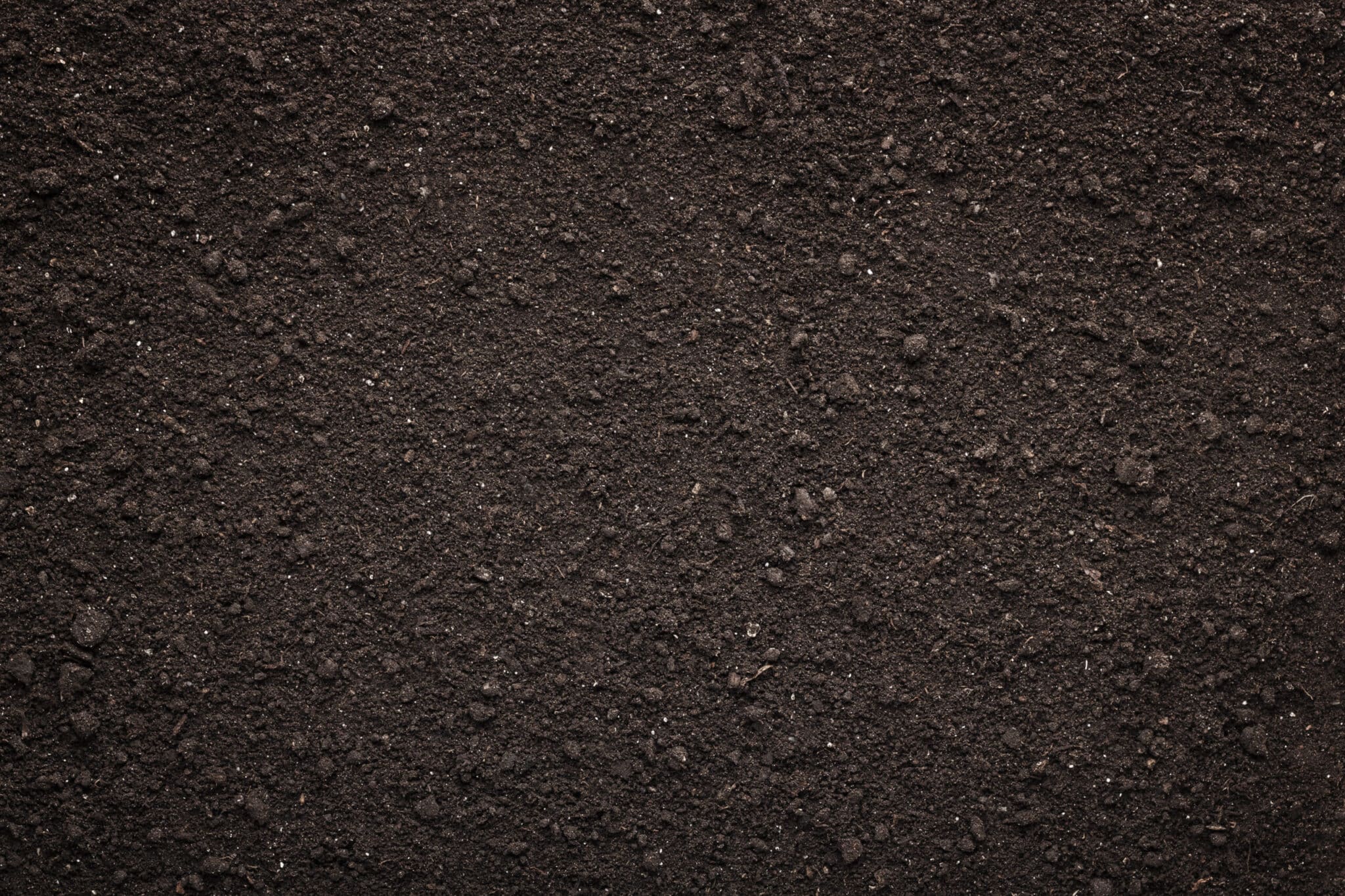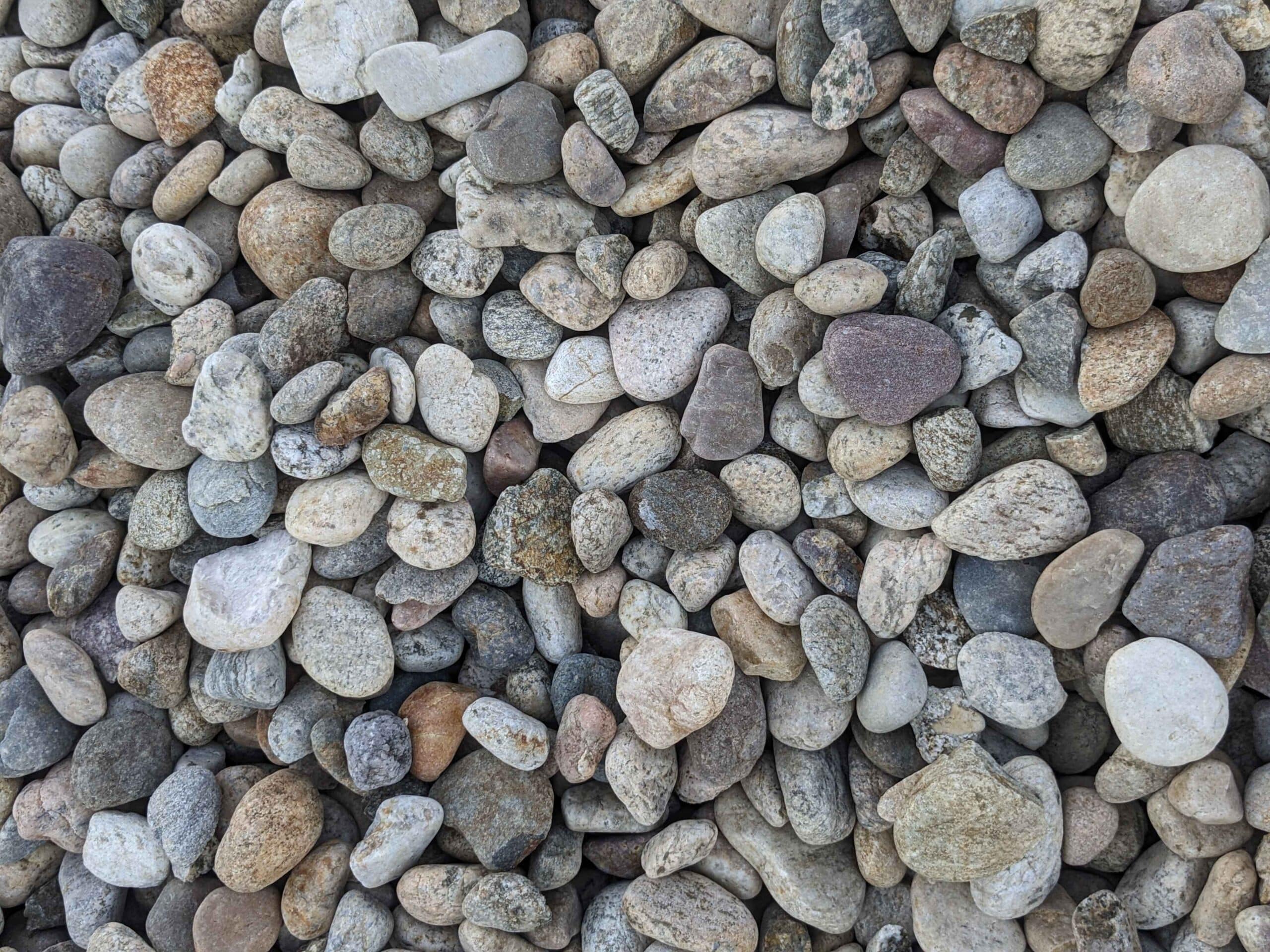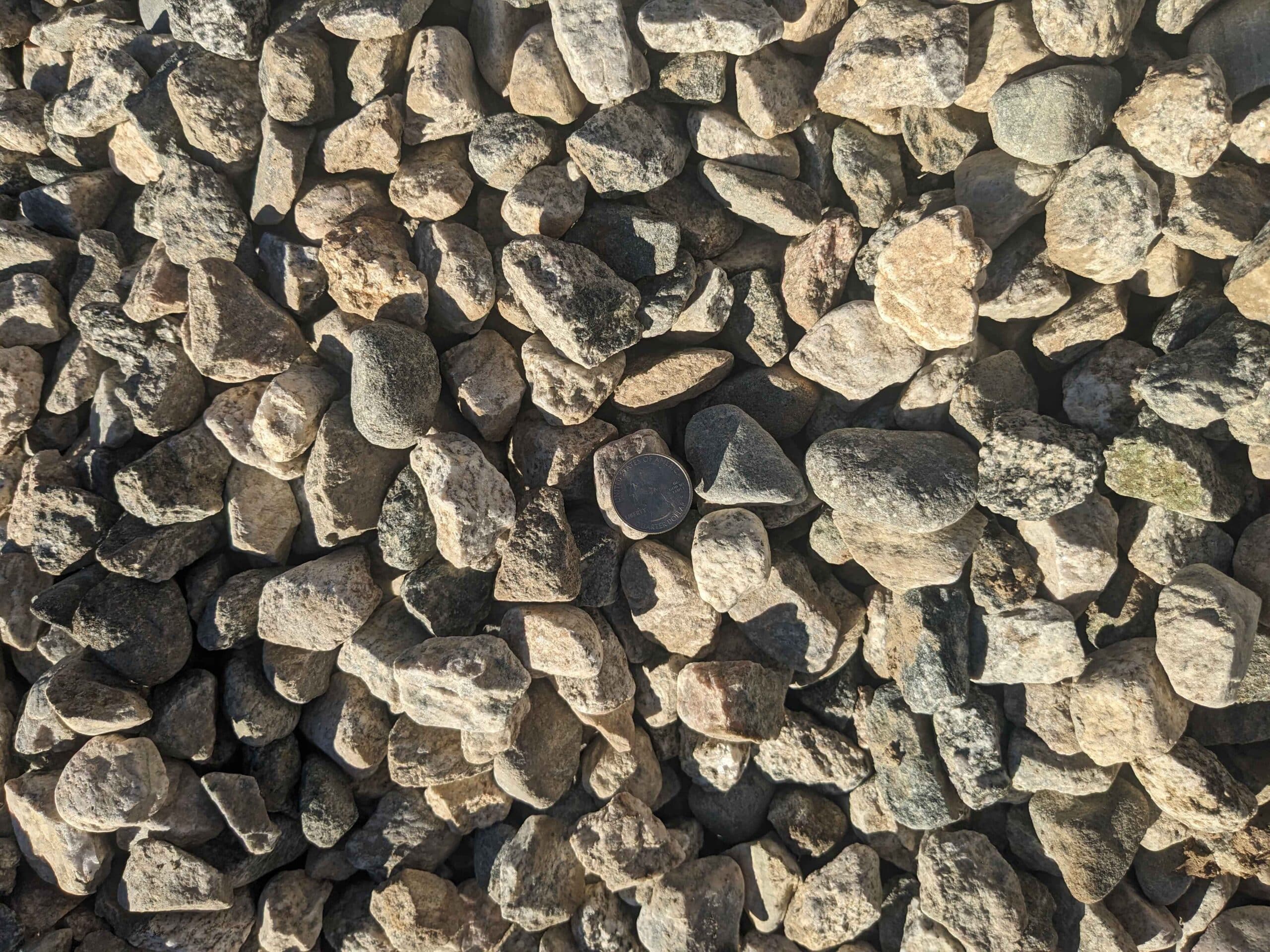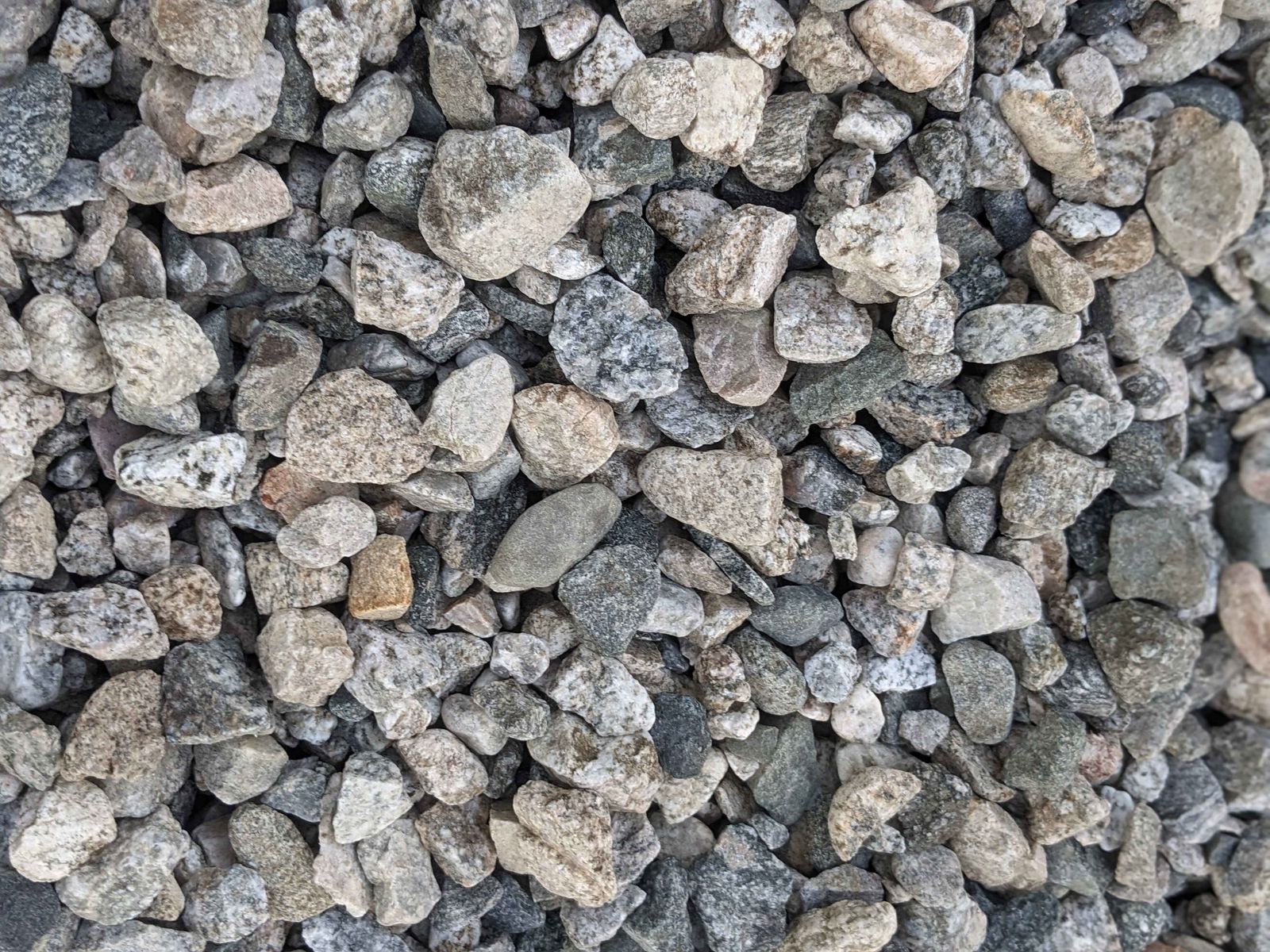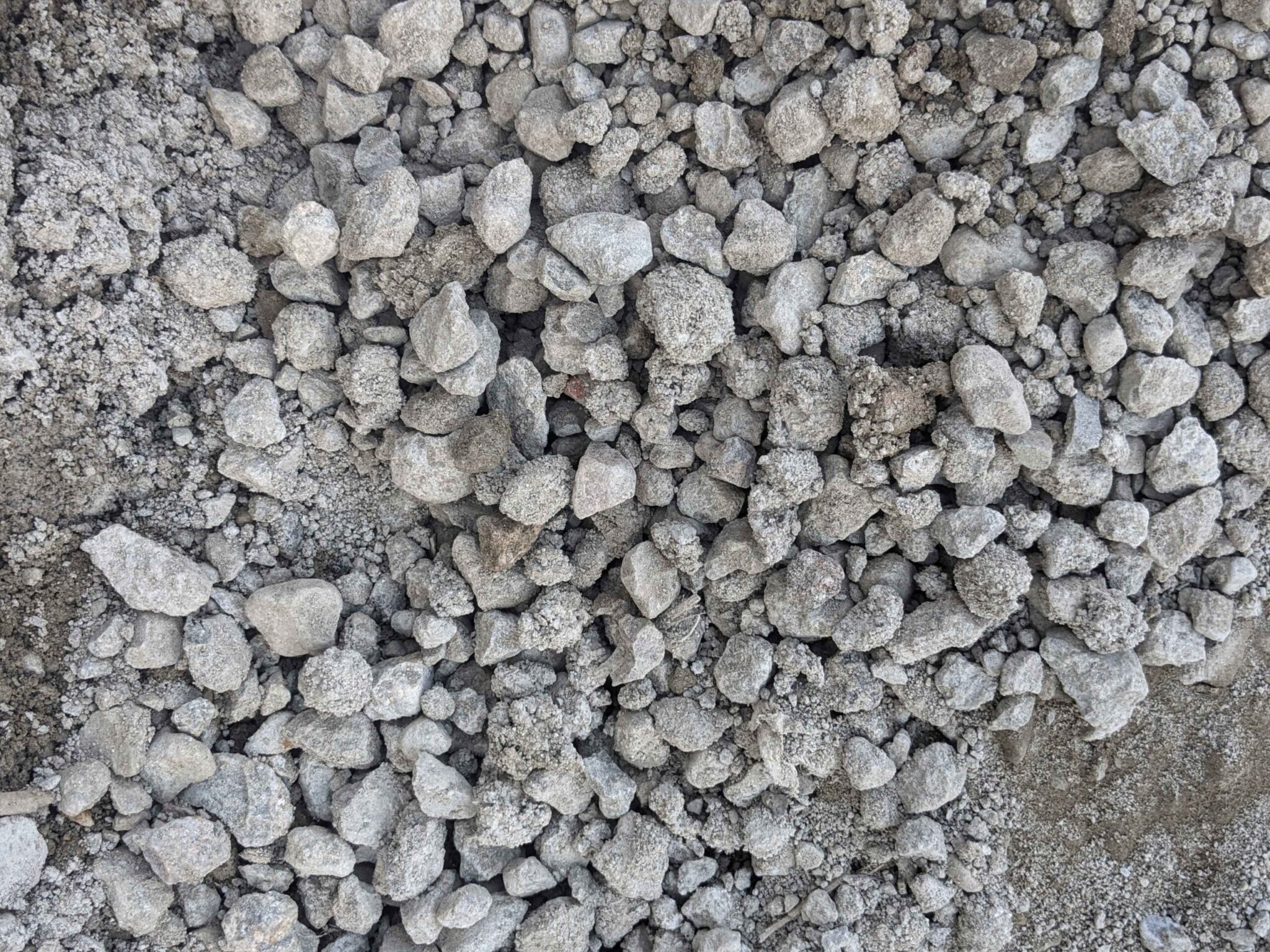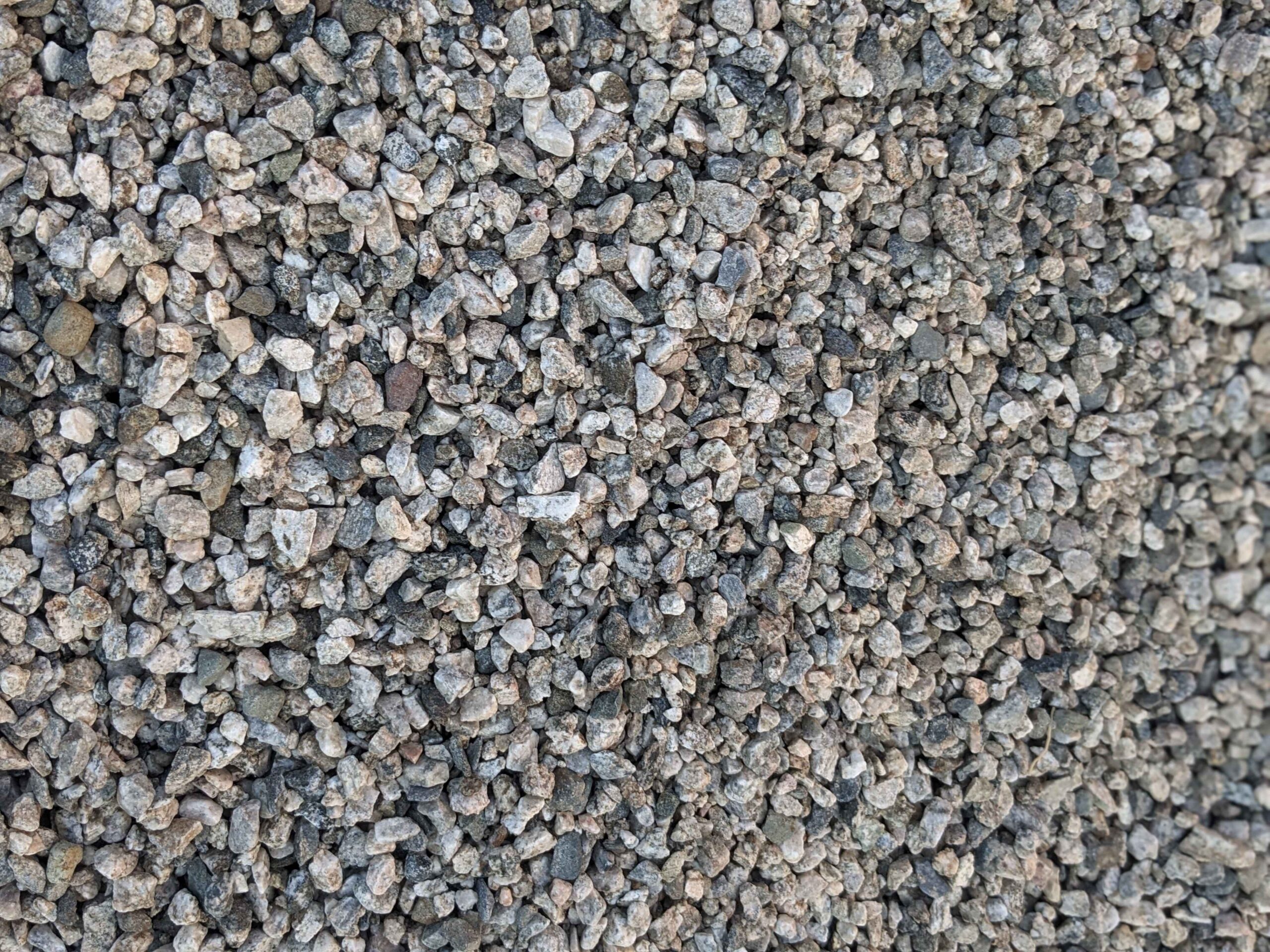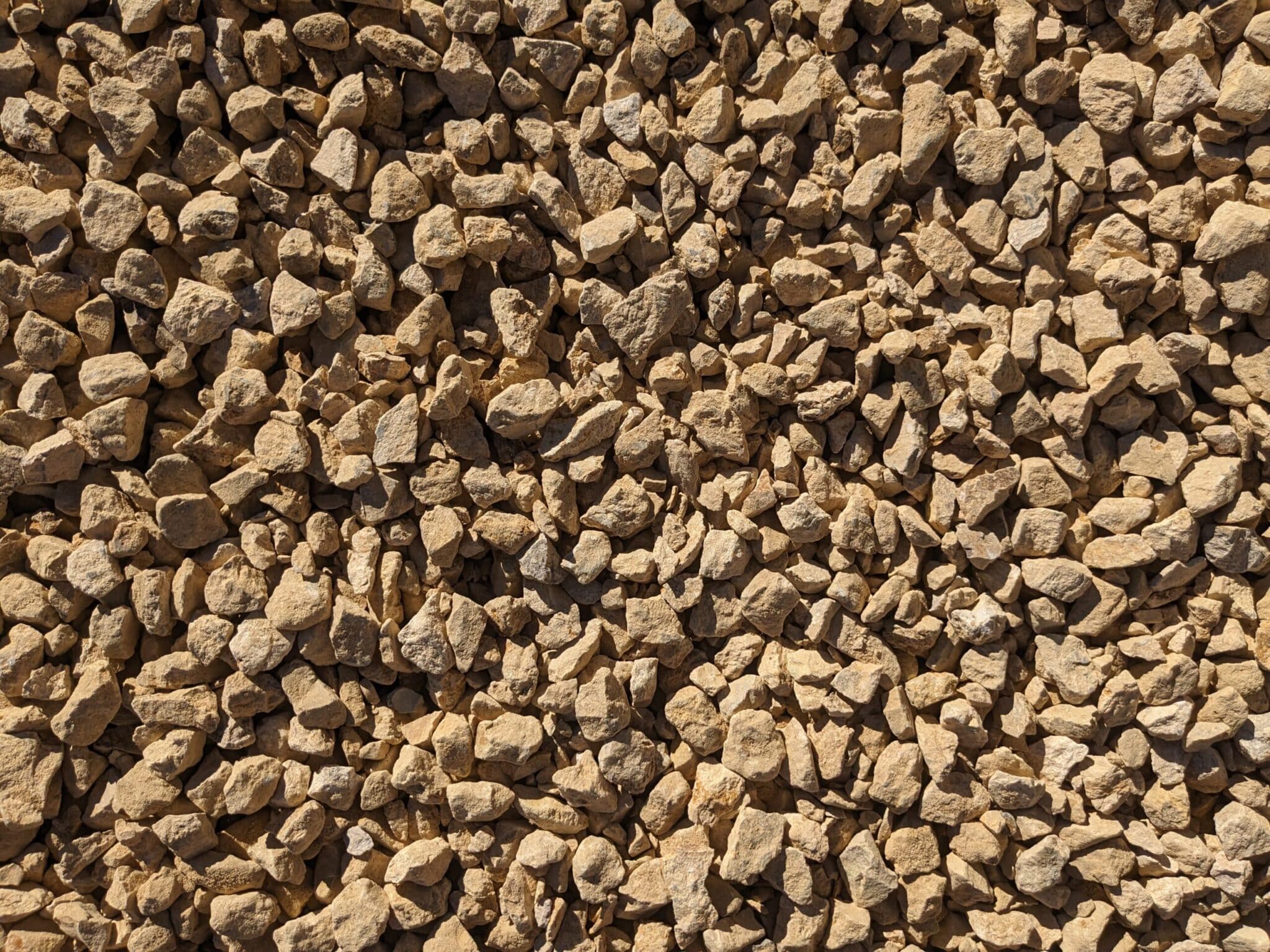In the world of construction, landscaping, and gardening, the term ‘fill dirt’ is frequently used. It is a type of soil, but not all soil is considered fill dirt. Understanding the characteristics, uses, and cost of fill dirt is essential for anyone involved in these industries.
Fill dirt, as the name suggests, is primarily used to fill in depressions or holes in the ground, or to create mounds or raise the elevation of a piece of land. It is a crucial component in various construction and landscaping projects. This article will delve into the specifics of fill dirt, providing a comprehensive understanding of its definition, uses, and average cost.
Definition of Fill Dirt
Fill dirt is a type of soil that is used for filling purposes in construction and landscaping projects. It is often devoid of organic matter, which distinguishes it from topsoil. The lack of organic matter is a key characteristic because it prevents the soil from shifting over time. This is crucial when using fill dirt for foundational purposes in construction projects.
Fill dirt is typically sourced from below the top layer of soil, known as the topsoil. It is usually taken from areas where the soil is being removed, such as construction sites or excavation sites. The composition of fill dirt can vary, but it often contains a mix of sand, clay, and rock or stone.
Characteristics of Fill Dirt
Fill dirt has several key characteristics that distinguish it from other types of soil. Firstly, it is usually free of organic matter. This is because organic matter decomposes over time, which can cause the soil to shift or settle. For projects that require a stable and firm base, such as building foundations or road construction, this settling can lead to structural problems.
Secondly, fill dirt often contains a mix of sand, clay, and rock or stone. The specific composition can vary depending on the source of the fill dirt. Some fill dirt may have a higher clay content, while others may be sandier. The ideal fill dirt for a specific project depends on the requirements of that project.
Types of Fill Dirt
There are several types of fill dirt, each with its own set of characteristics. Clean fill dirt, for example, is free from contaminants such as heavy metals or pesticides. It is often used in residential projects where safety and cleanliness are paramount.
On the other hand, uncertified fill dirt may contain unknown substances and is typically used in large-scale commercial projects where the soil will be covered by concrete or other materials. It’s important to understand the different types of fill dirt to choose the right one for your specific project.
Uses of Fill Dirt
Fill dirt has a wide range of uses in both construction and landscaping. In construction, it is often used to create a stable base for buildings, roads, and other structures. It can also be used to fill in holes or depressions in the ground, or to raise the elevation of a piece of land.
In landscaping, fill dirt is used to create mounds or hills, to improve drainage, or to prepare a site for planting. It can also be used to level a piece of land, making it more suitable for activities like sports or recreation.
Construction Uses
In construction, fill dirt is often used as a foundational material. It provides a stable base for buildings, roads, and other structures. Because it is free of organic matter, it doesn’t decompose over time, which helps to prevent settling or shifting of the structure it supports.
Fill dirt is also used in construction to fill in holes or depressions in the ground. This can be necessary for a variety of reasons, such as to remove hazards, to prepare a site for construction, or to improve the aesthetics of a site.
Landscaping Uses
In landscaping, fill dirt is used in a variety of ways. It can be used to create mounds or hills, providing a natural-looking elevation change in a landscape design. This can add interest and variety to a landscape, making it more visually appealing.
Fill dirt can also be used to improve drainage in a landscape. By raising the elevation of a piece of land, water can be directed away from buildings or other structures, preventing water damage and improving the overall health of the landscape.
Average Cost of Fill Dirt
The cost of fill dirt can vary widely depending on a number of factors. These can include the type of fill dirt, the quantity required, the location of the project, and the delivery fees. On average, fill dirt can cost anywhere from $15 to $50 per cubic yard, not including delivery fees.
It’s important to note that while fill dirt is often a more affordable option compared to other types of soil, the cost can add up quickly for large projects. Therefore, it’s crucial to accurately estimate the amount of fill dirt needed for a project to avoid unnecessary costs.
Factors Affecting Cost
There are several factors that can affect the cost of fill dirt. The type of fill dirt is one of the main factors. Clean fill dirt, for example, is typically more expensive than uncertified fill dirt due to the additional processing required to remove contaminants.
The quantity of fill dirt required for a project will also affect the cost. Larger projects will obviously require more fill dirt, which will increase the overall cost. However, buying in bulk can often reduce the cost per cubic yard.
Estimating Fill Dirt Needs
Estimating the amount of fill dirt needed for a project can be a complex task. It requires a good understanding of the project’s requirements, as well as the characteristics of the fill dirt being used. Generally, the volume of fill dirt needed can be estimated by calculating the area to be filled and the desired depth of the fill.
There are online calculators available that can assist with this task. However, for large or complex projects, it may be beneficial to consult with a professional to ensure an accurate estimate.
Conclusion
In conclusion, fill dirt is a versatile material with a wide range of uses in construction and landscaping. Its unique characteristics, such as its lack of organic matter and its composition of sand, clay, and rock, make it an ideal choice for many projects.
Understanding the definition, uses, and cost of fill dirt can help individuals and businesses make informed decisions about their construction or landscaping projects. Whether you’re building a house, constructing a road, or designing a landscape, fill dirt is a crucial component that should not be overlooked.
Get Your High-Quality Fill Dirt Delivered by Hello Gravel
Ready to start your construction or landscaping project with the best fill dirt on the market? Look no further than Hello Gravel, your nationwide provider of top-tier aggregates. Experience our white glove service and let us handle the heavy lifting. Simply check out our products, request a quote, or place your order online, and we’ll deliver the highest quality materials directly to your site, no matter the size of your project. With Hello Gravel, purchasing aggregates has never been easier or more reliable.


